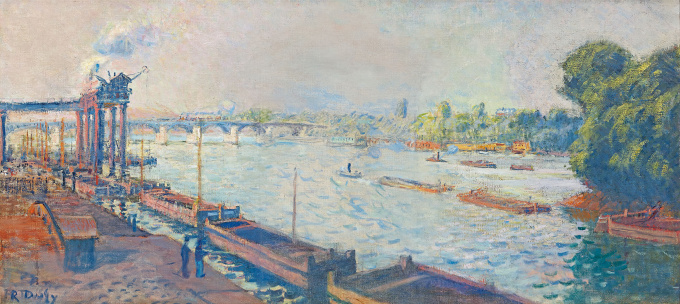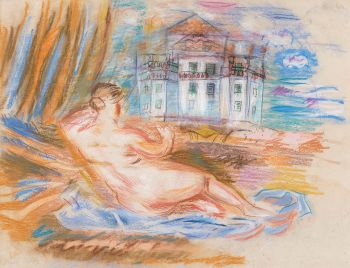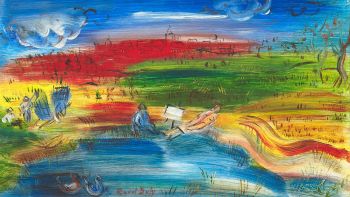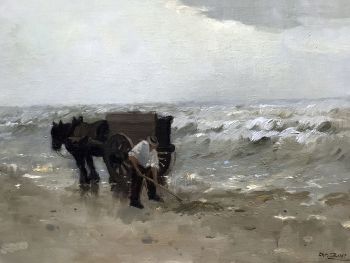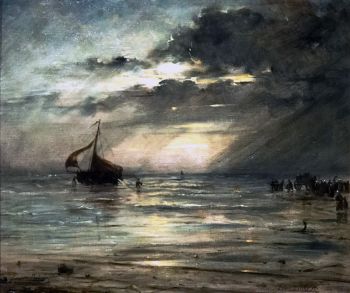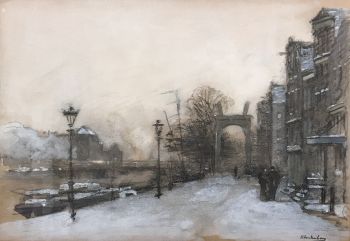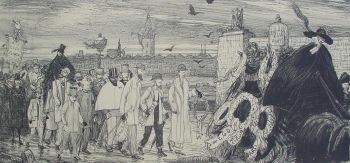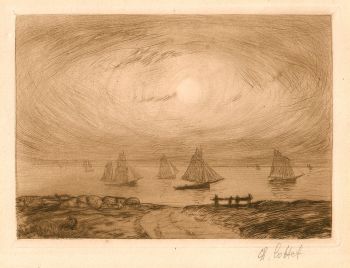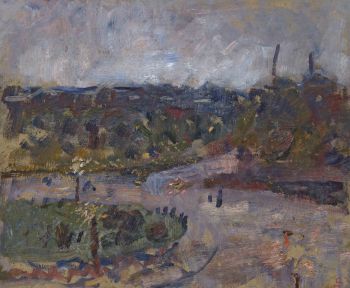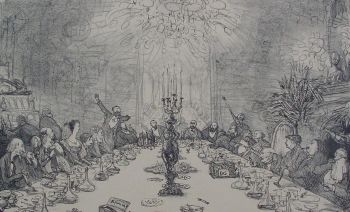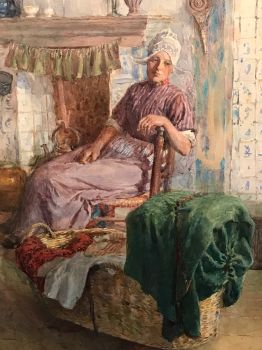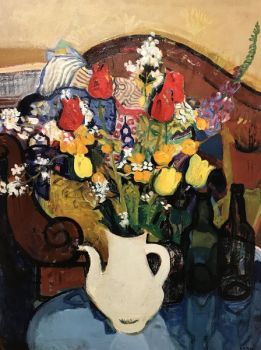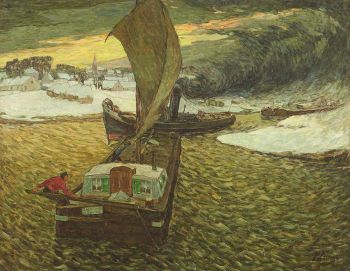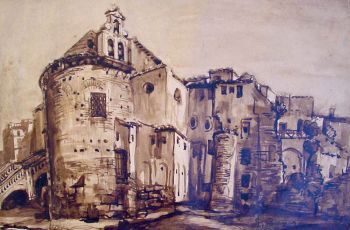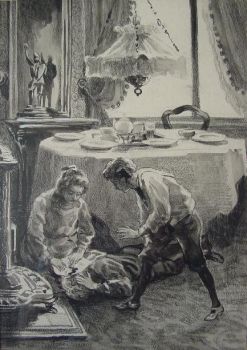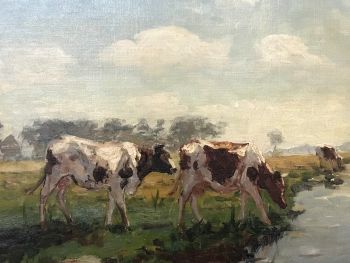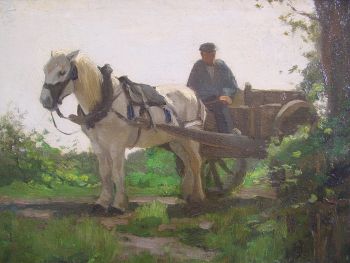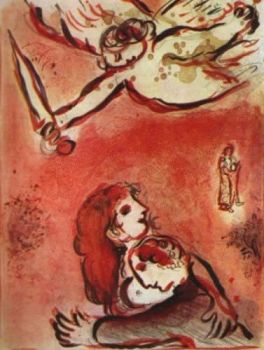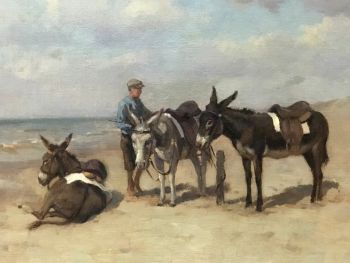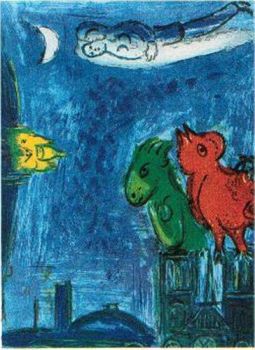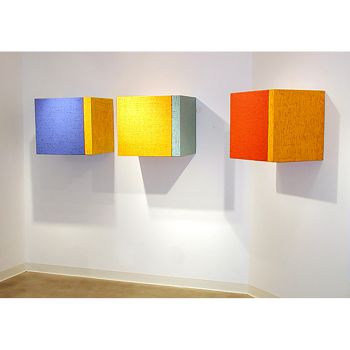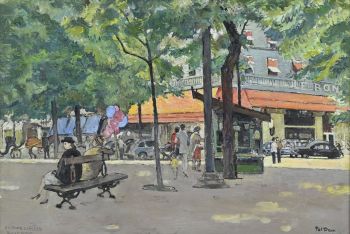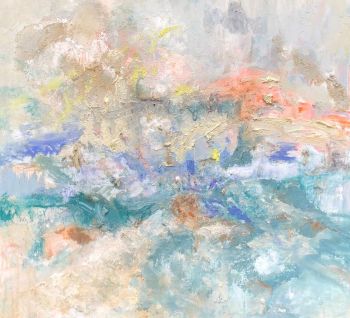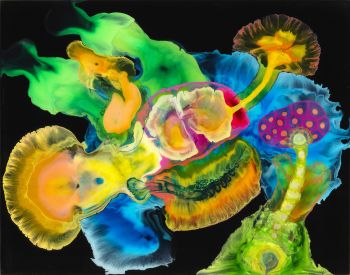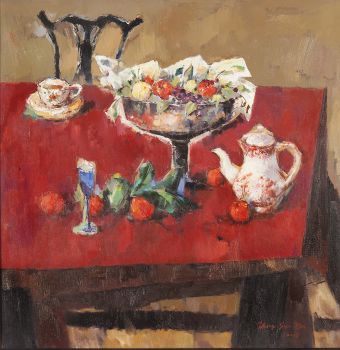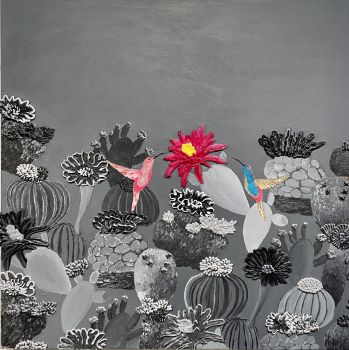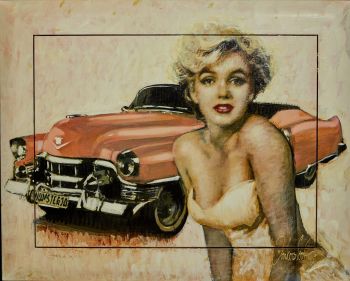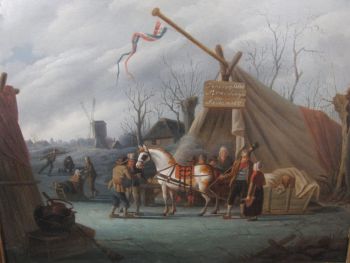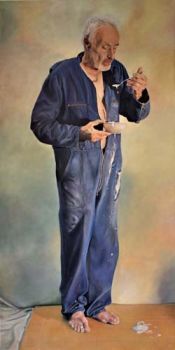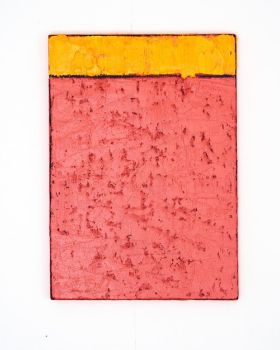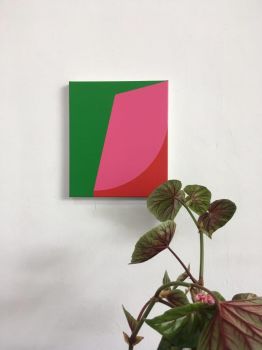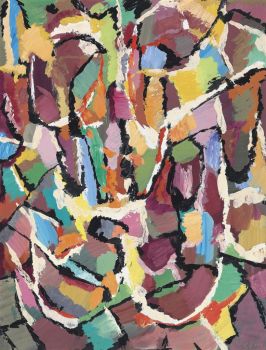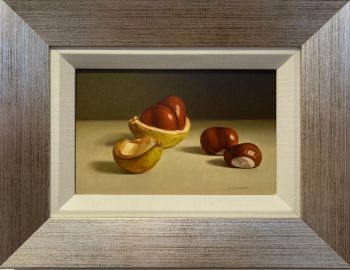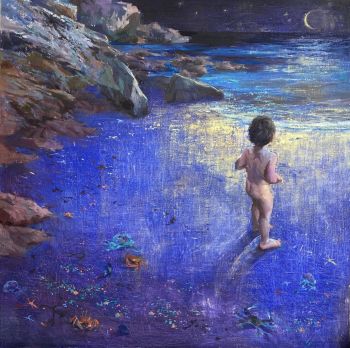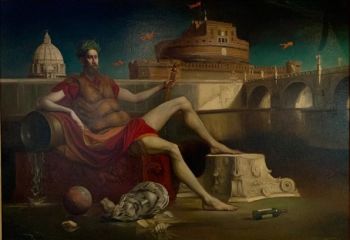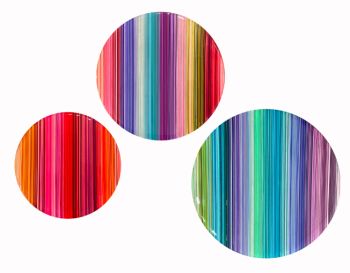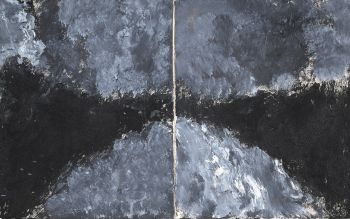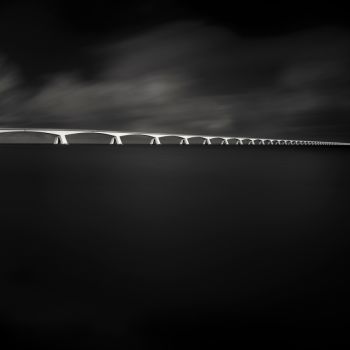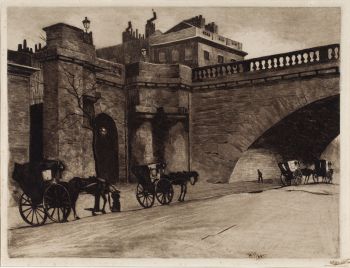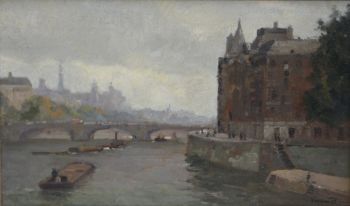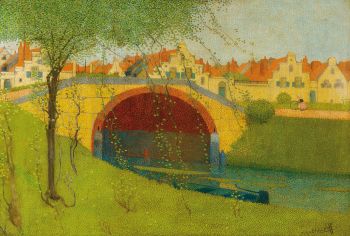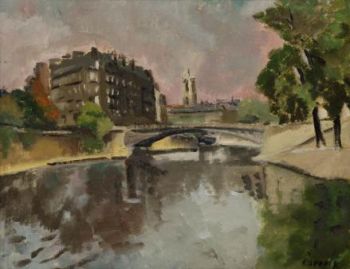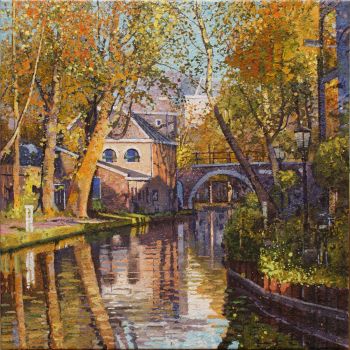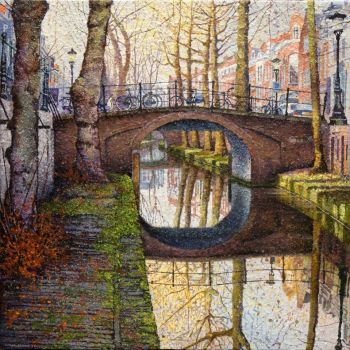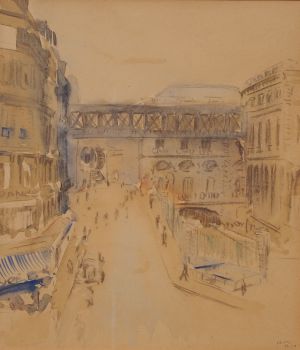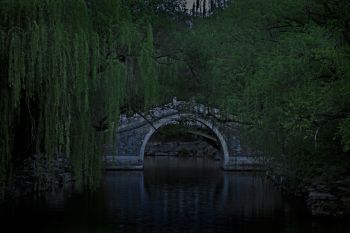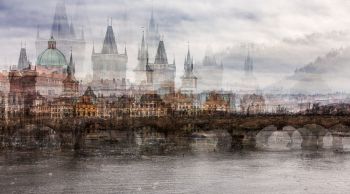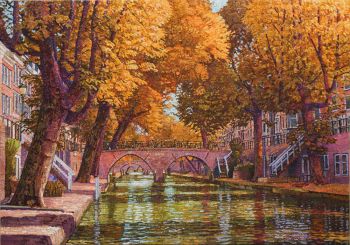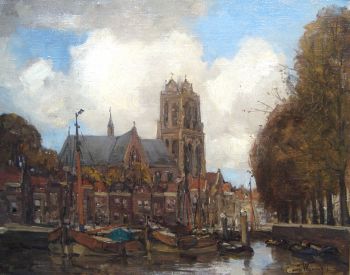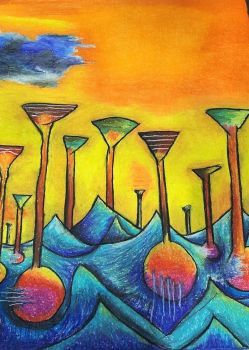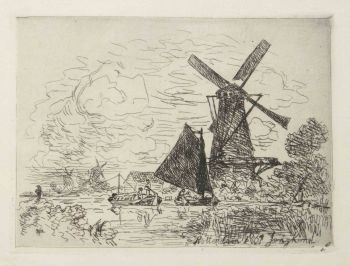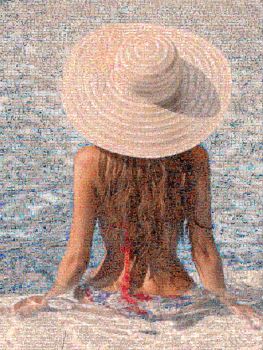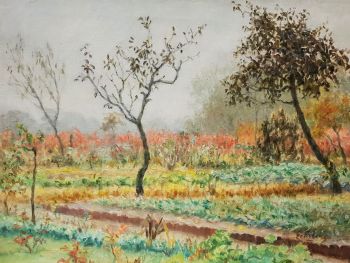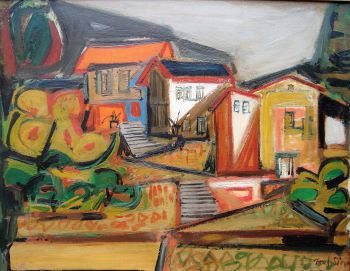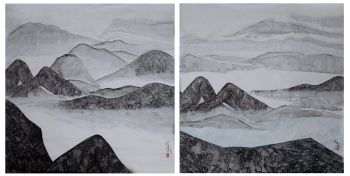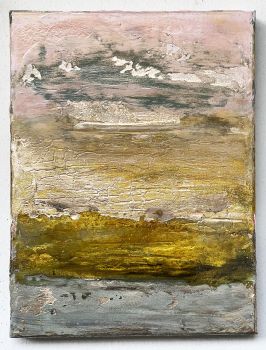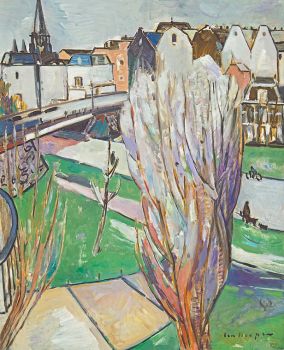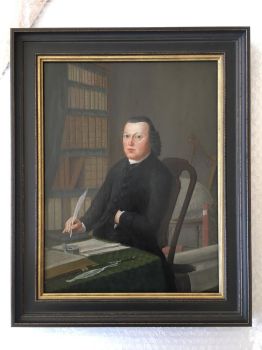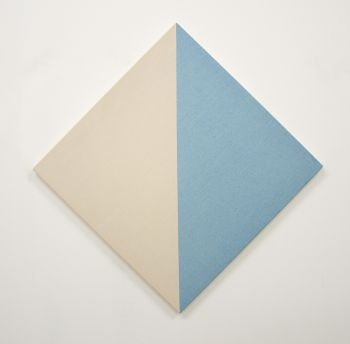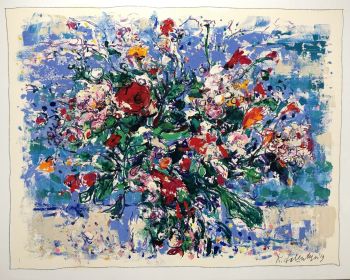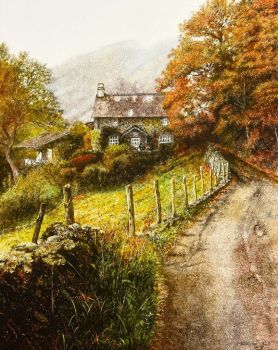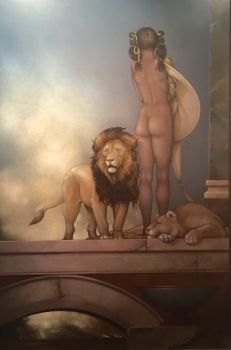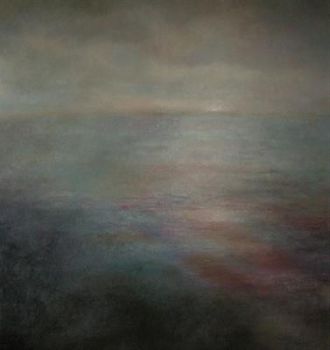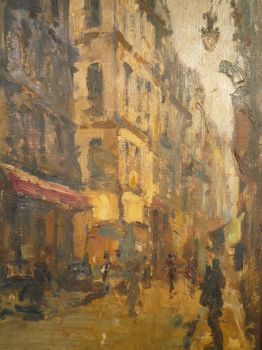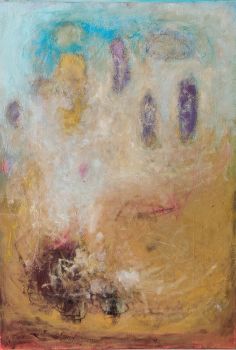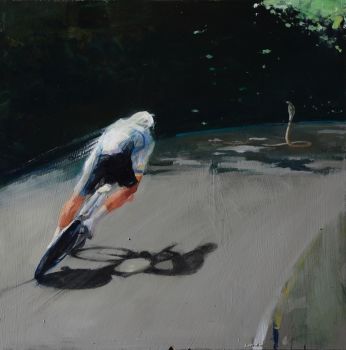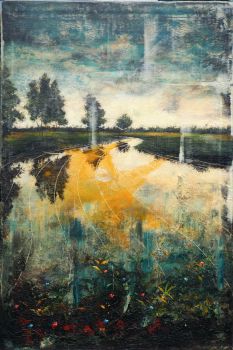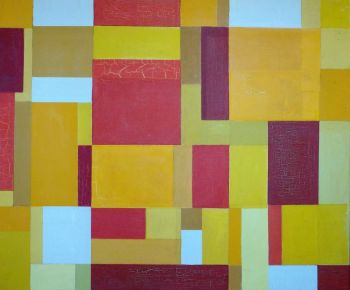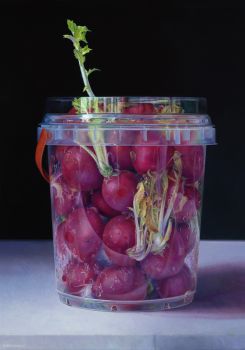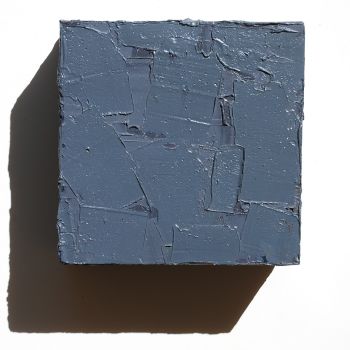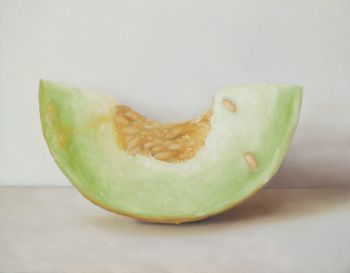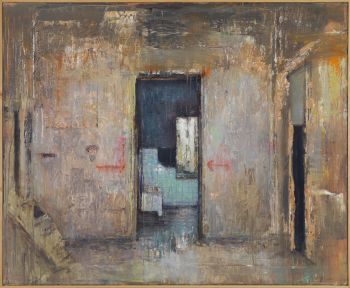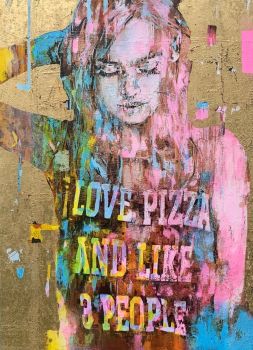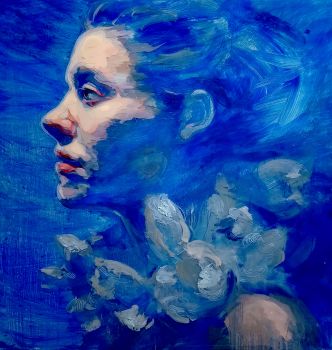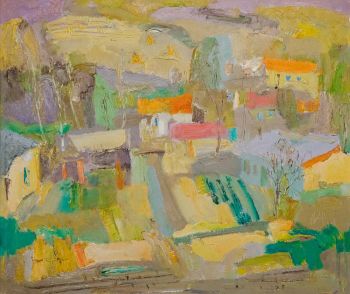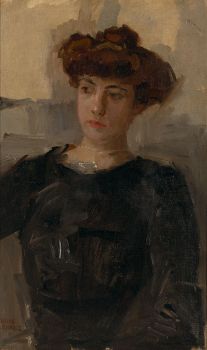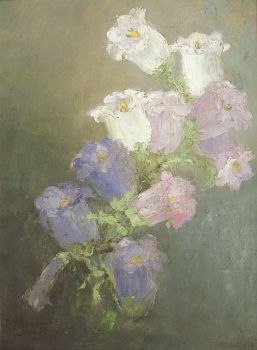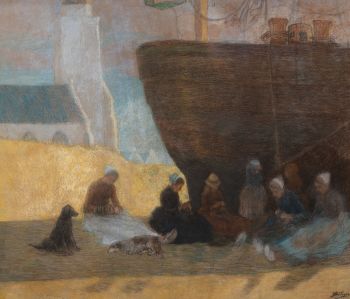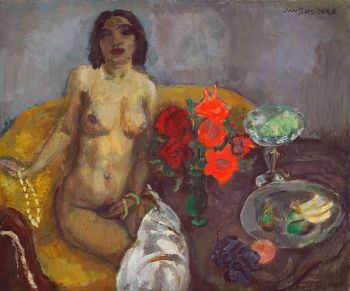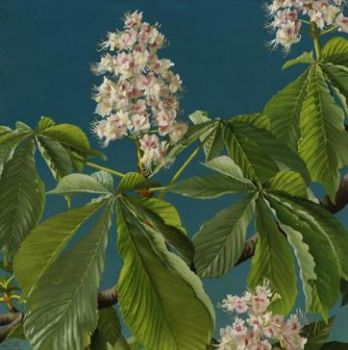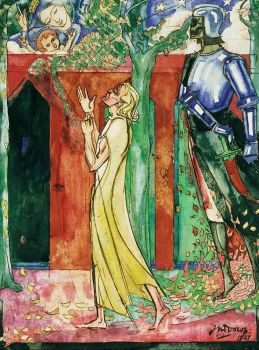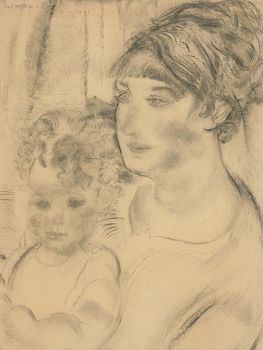La Seine aan de Pont D'Asnières 1900
Raoul Dufy
CanvasOil paintPaint
49 ⨯ 108 cm
ConditionExcellent
Price on request
Studio 2000 Art Gallery
- About the artwork
Oil on canvas 49,5 x 108 cm. Signed: lower left'R Dufy' Provenance: Auct. Parijs 23 november 1990; Auct. Marc Arthur Kohn, Parijs 22 november 2017, Lot 5; Auct. Artcurial, 30 juni 2003, Parijs, lotnr. 81d; Privécollectie, België. Literature: R. Clement, Les Fauves. A Sourcebook, Westport Connecticut, 1994, 914 (ill.); M. Laffaille, 'Raoul Dufy, Catalogue Raisonné de l'Oeuvre Peint', Editions Motte, Genève, Volume 1, 1972, nr. 64, pagina 63; S. Monneret, 'In de voetsporen van de impressionisten', Editions de La Martinière, Parijs, 1997.
- About the artist
Raoul Dufy (June 3, 1877, Le Havre, France—March 23, 1953, Forcalquier) was a French painter and designer renowned for his brightly coloured and decorative scenes of luxury and pleasure.
In 1900 Dufy moved to Paris, where studied at the École des Beaux-Arts. His early work is characterized by an Impressionist style but about 1905 he had begun to adopt the broad brushstrokes and bright colours of the Fauve artists. A 1907 exhibition of Paul Cézanne’s work inspired Dufy to develop more subdued colours and structured compositions. Between 1908 and 1909 Dufy’s work influenced by the cubist painters George Braque and Émile-Othon Friesz. He soon returned to his more Fauvist approach. Dufy was also a successful artist in other media. In 1910 he made a series of woodcuts to illustrate poet Guillaume Apollinaire’s Bestiary. He began to create designs for a textile company in 1912 and in the 1920s he designed ceramics and tapestries.
In the early 1920s, Dufy began to produce what are now his most famous paintings. His distinctive style is characterized by bright colours thinly spread over a white ground, with objects sketchily delineated. Dufy took as his subjects scenes of recreation and spectacle, including horse races, regattas, parades, and concerts.He spent much of his time on the French Riviera and produced series of paintings of Nice (1927), the Bois de Boulogne (1929), and Deauville (1930). He also was an illustrator and printmaker in the 1920s and 1930s.
Are you interested in buying this artwork?
Artwork details
Related artworks
- 1 - 2 / 2
Jan Sluijters
Original illustration of Sluijters for the book: 'Laura's opstel'1881 - 1957
Price on requestKunsthandel Pygmalion
1 - 4 / 24- 1 - 4 / 24
Willem Witsen
Waiting carriages in front of Waterloo Bridge1850 - 1900
Price on requestKunsthandel Pygmalion
Herman Bogman jr.
Le Pont au Change et Le Conciergerie in Paris 1935 - 1945
Price on requestAdelwein Kunst
Bob Buys
Paris, Gare de L'Est, Passerelle de la Rue d'Alsace1940 - 1950
Price on requestAdelwein Kunst
1 - 4 / 24- 1 - 4 / 24
Isaac Israels
"Een essayeuse bij het modehuis Hirsch"1865 - 1934
Price on requestStudio 2000 Art Gallery
1 - 4 / 12

